EGV Staff note: Dinuba High School has evolved over the decades. We take great pride in sharing the story legacy of Dinuba High School, highlighting the achievements and milestones that have shaped our community. This is part one of a series of DHS history.
Dinuba High School was first established in 1899, one hundred and twenty years ago. A special tax would be passed by the Dinuba District to introduce the first high school in the community of Dinuba. Months later, the first class of Dinuba Union High School would be held in one room in the second story of the grammar school. Students would experience the study of Latin, math, history, English, science, and Greek. The Delphic Echoes would be the first bi-monthly newspaper created by students. Dinuba High School would see its first commencement ceremony in May of 1902. The new high school had only twenty-eight students.
The first graduation ceremony was held in 1902, with the first graduating class only having six students. The graduation was held in the music hall on East Tulare street.
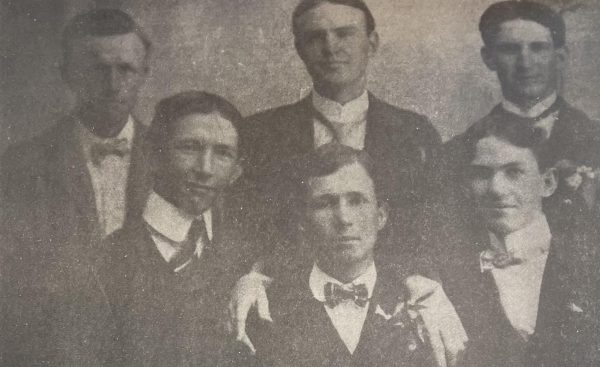
Archived photo.
A new high school building was built soon after this initial class. Work on the building proceeded very rapidly and while the exact time is not recorded, it is believed to have been occupied late in 1903 or early in 1904. It contained four classrooms with a small office and small library in front. A year later the enrollment was eighty-one students. The country superintendent, C. J. Walker, noted on one of his visits that the building was already too small. The overcrowded condition was the chief reason the school could not be accredited by the state.
By 1908, the enrollment had increased to about one hundred students and there was constant push for more space. In the meantime, despite space limitations, increased school activities were undertaken. Athletics took a more favorable turn, and social and literary activities increased. As many would never attend college, manual training, domestic science (home economics), agriculture, and business courses were added. There was said to be better school spirit.
The school took a wider range of athletic activity. This period was really the beginning of an interest in football and basketball. The football team in 1908 tied Tulare, Bakersfield, and Porterville in football. In basketball four games out of seven were won. The following year the football team was organized, but prejudice against it was so strong that after two or three games and some bad accidents, the game was abandoned. With basketball it was different, the team lost only three games out of ten.
On December 27, 1911, while school was dismissed for the Christmas holidays, the high school building on South College Avenue, which had been erected in 1903, was destroyed by a fire. The basement at the time contained many tons of coal which greatly increased the heat and made it impossible to save anything except some books in the library. Many textbooks, valuable records and notebooks were lost besides personal property. The cause of the fire was not known, but it was surmised that it was started by homeless individuals who built a fire to warm themselves. The loss was estimated at $15,000, to $20,000. When school was resumed after the holidays, it was in the old grammar school building which had been condemned and had been standing idle since 1907.
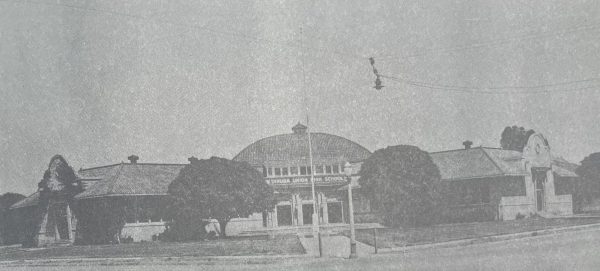
Talk of a new building which had been going on for several years on account of the crowded conditions was now quickly galvanized into action. Ten bids for the contract to build the new high school were opened in July, and the contract was awarded to contractors for $35,655 with work to be finished by January 1, 1913. When school opened in September of that year there was an enrollment of one hundred fifty students.
The new building contained a central assembly room, capped by a huge flat dome from which there extended diagonally, roughly like the spokes of a wheel, four wings. In each of the wings were two classrooms . There was also an office and library , and an attic which later was used as a projection room. The front of the building faced the corner of J and Kern streets.
The new building with its greater space was the incentive for a fuller program of activities, some of which were new. The first included a choral club of sixteen members, a high school orchestra of ten students, a Boys’ Agricultural Club, a Girl’s Ag Club, and a debating society known at the Senate.
But a tragedy happened once more in the early morning hours of May 29, 1936, the main high school building was again destroyed by fire. The roof and most of the inside of the building were ablaze before the fire department were summoned. But it was impossible to bring it under control until it burned out, hence most efforts centered on preventing the fire from spreading to other buildings. The fire appeared to have started in the rear above the stage, and ineffective wiring was generally believed to have been the cause. Practically all the classrooms were destroyed including three English rooms, two history rooms, the library (which had been recently restocked), the study hall, mathematics room, art room, typing room, two language rooms, the principal’s office, supply room, and lockers containing many valuables. It was estimated that half the property had been destroyed. After the recovery, the school site would gradually expand.
The year 1938 was entirely used up in completing the large building project. The Delphic Echoes, which was the school name at the time, dwelt upon the early realization of what had long been only a dream. Construction was underway of two new gymnasiums, locker rooms, and the swimming pool. This would be the start of the Dinuba High School we know today.
As Dinuba High School continues to build on its rich history, it remains a cornerstone of the community, shaping future generations and leaving a legacy of excellence and progress.

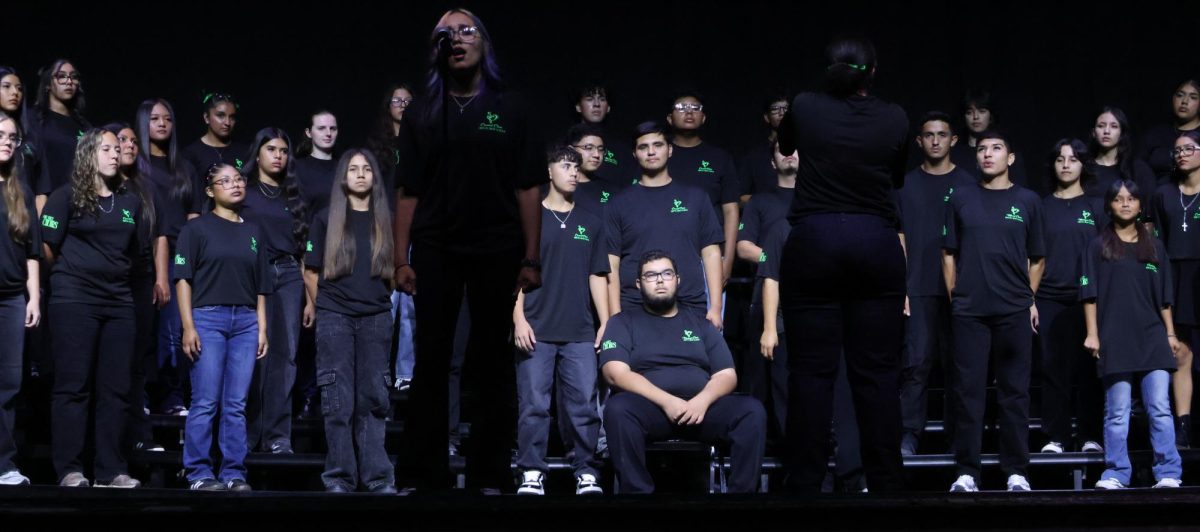
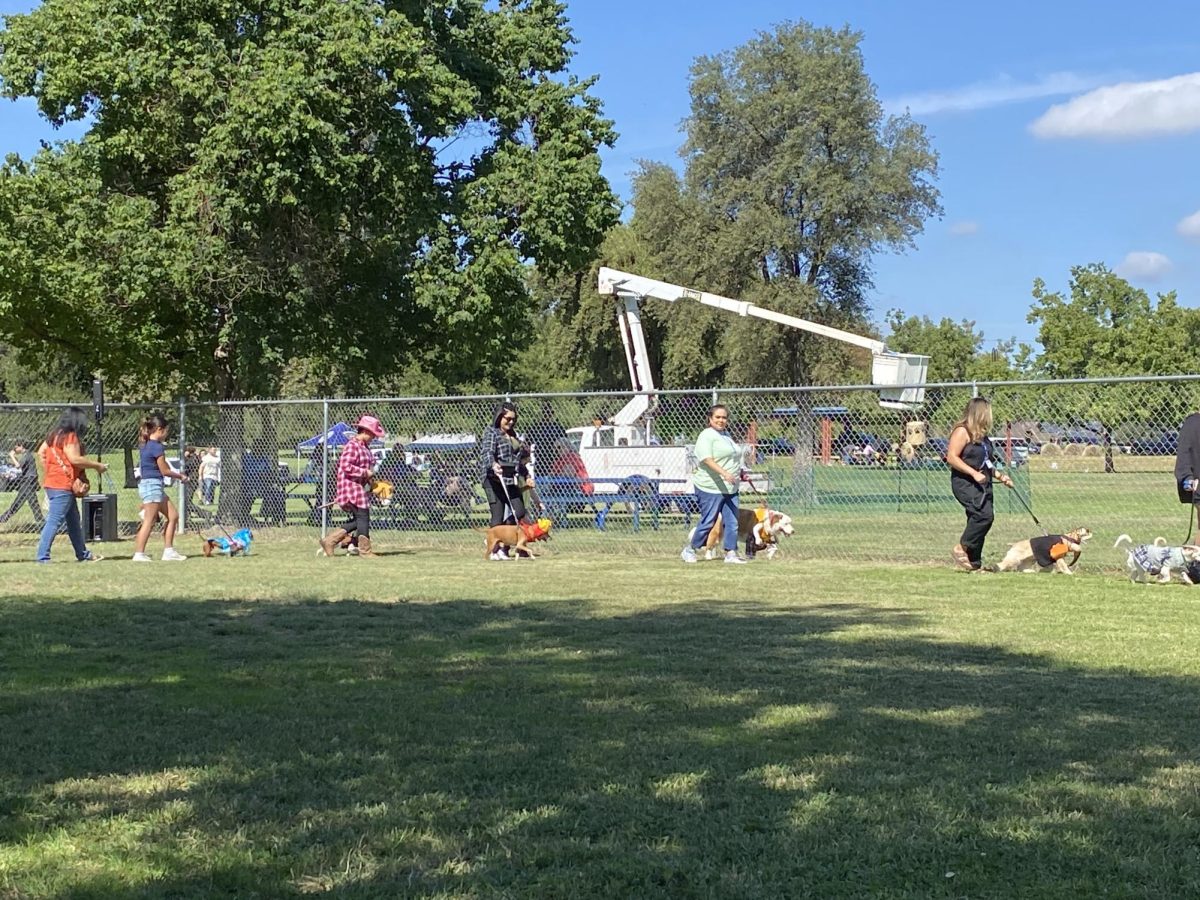



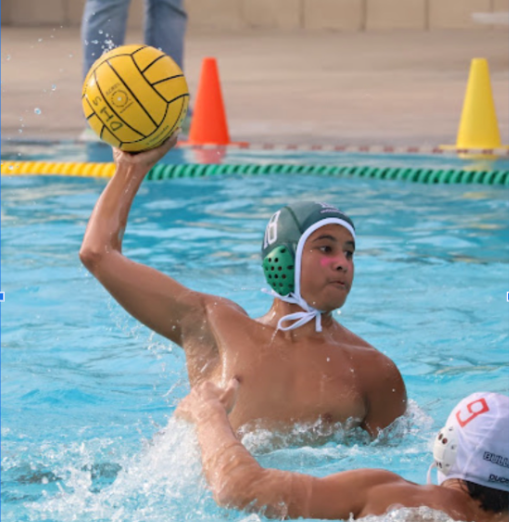

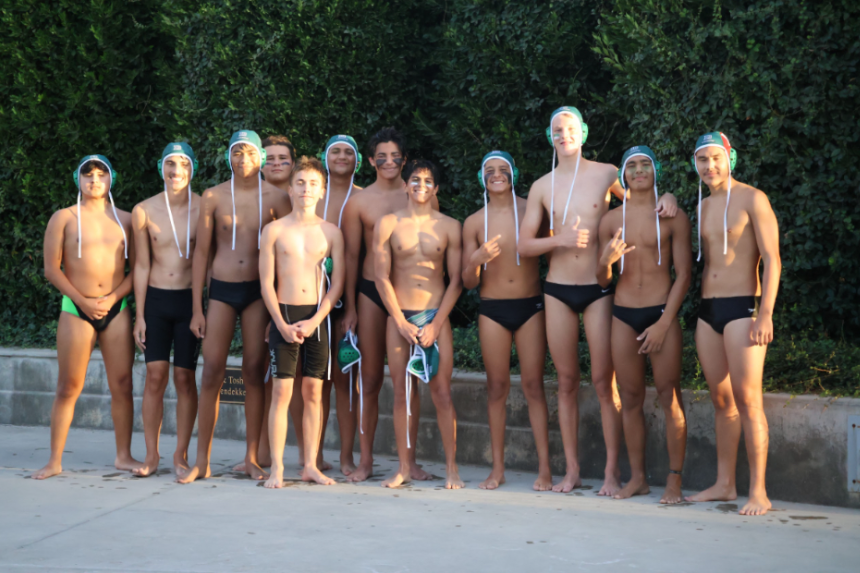

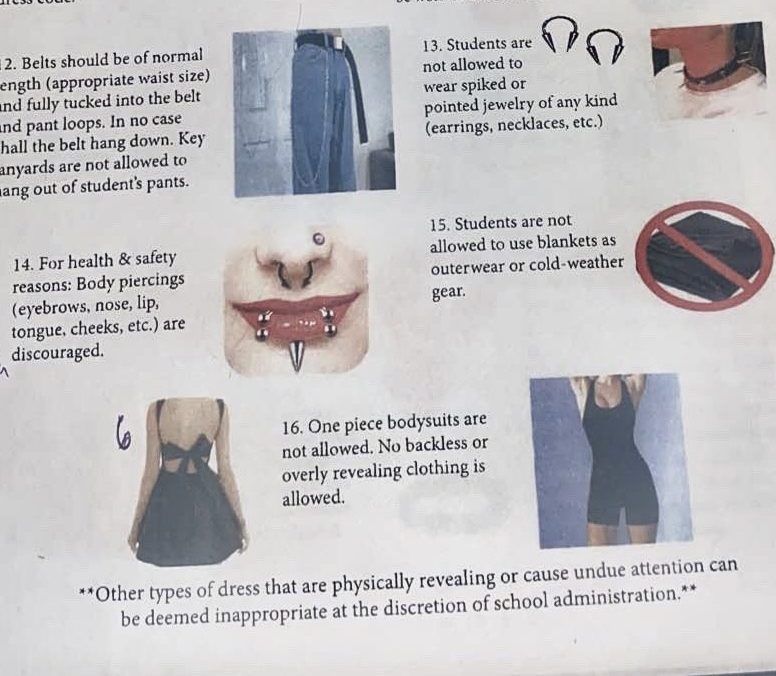

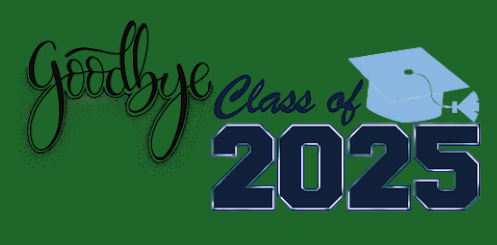

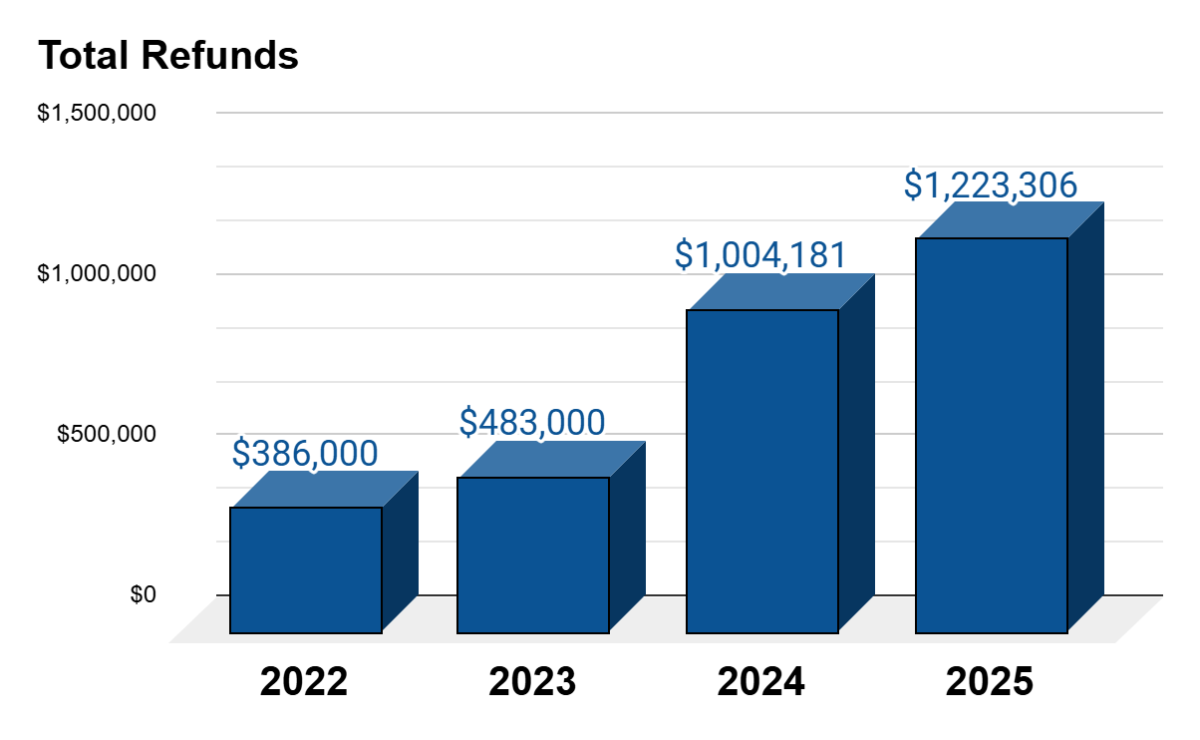


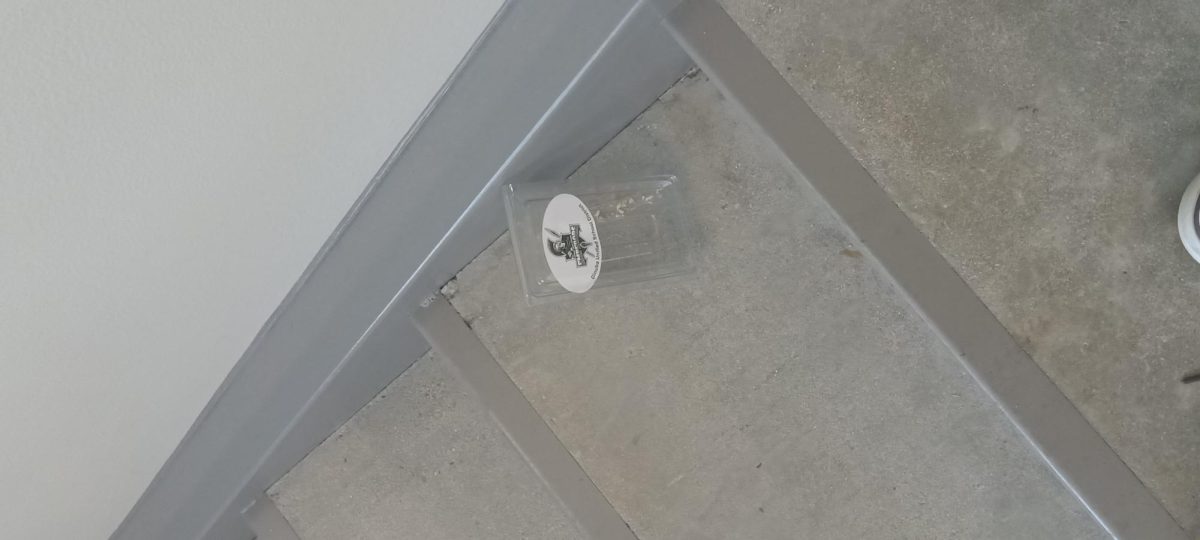

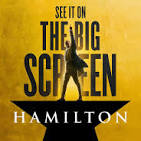




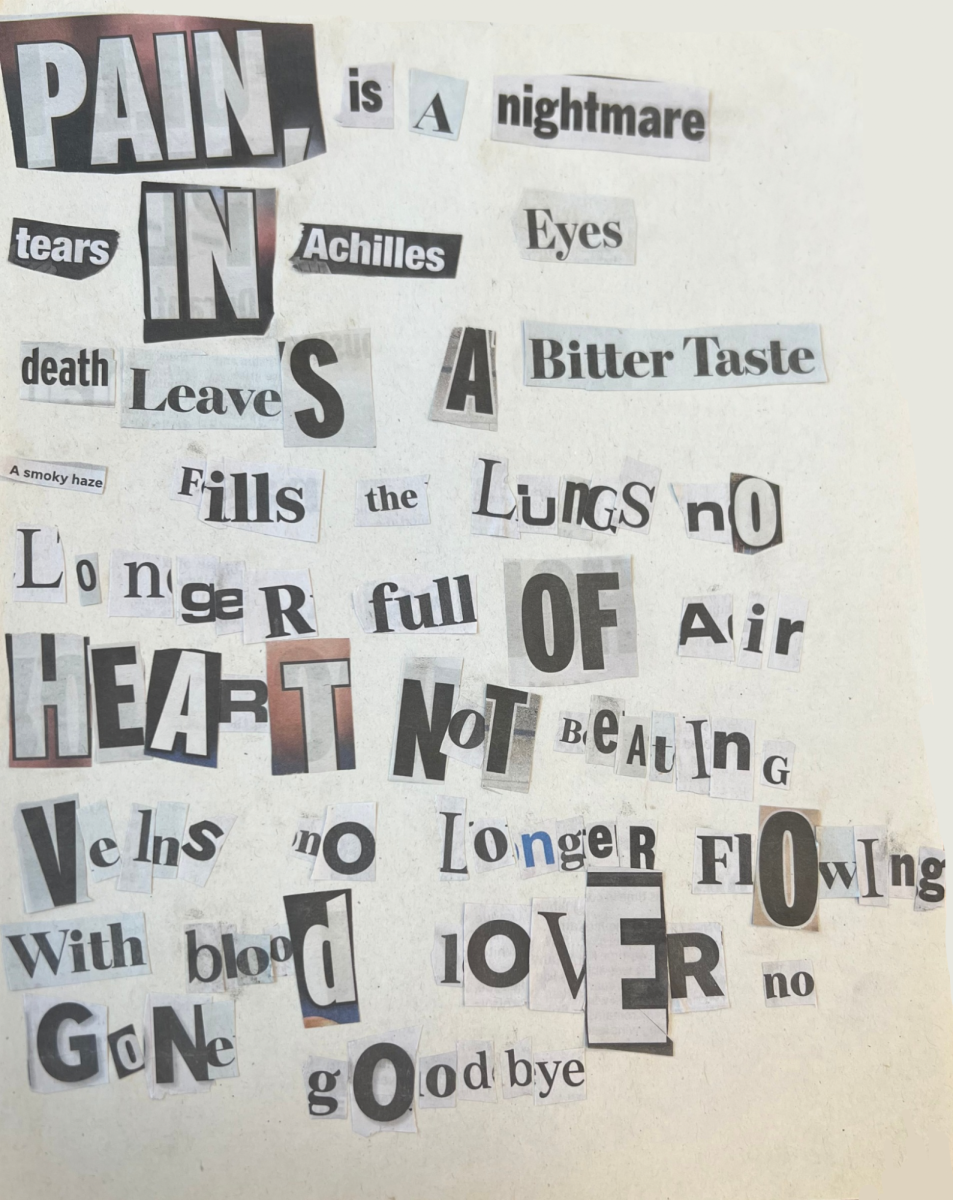
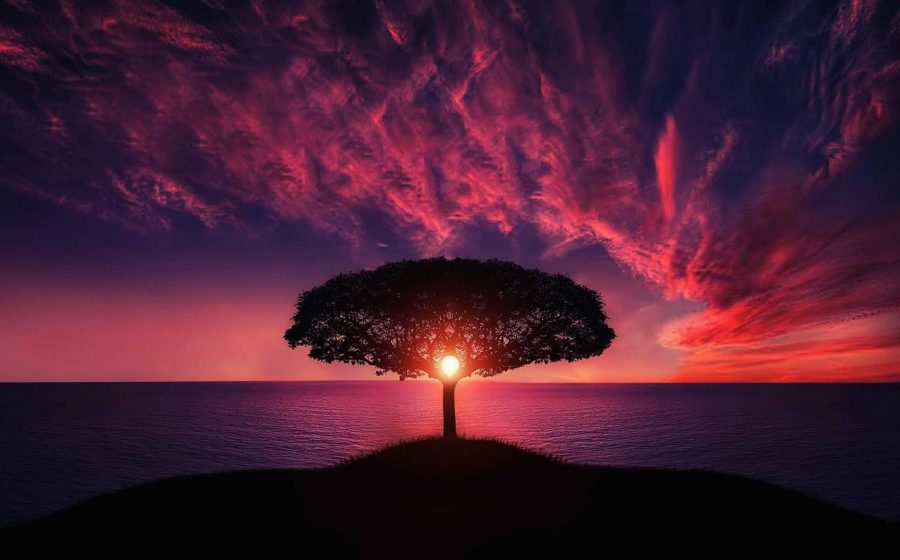
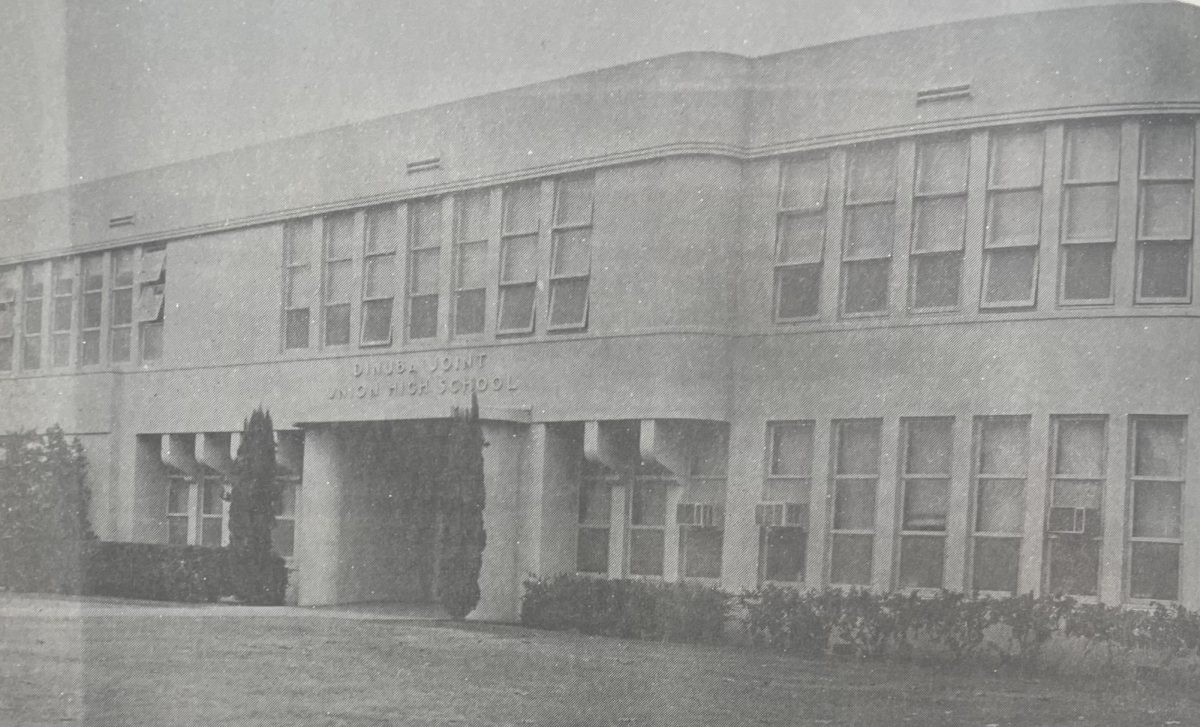
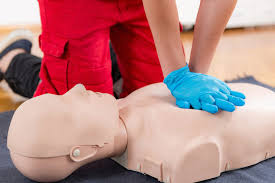
Scott • Oct 18, 2024 at 10:44 am
Excellent research. That had to be a lot of fun pouring through all those old recourses. Excited for part 2. Also thankful the fire department inspects our classrooms.